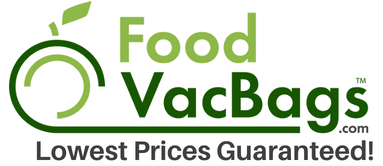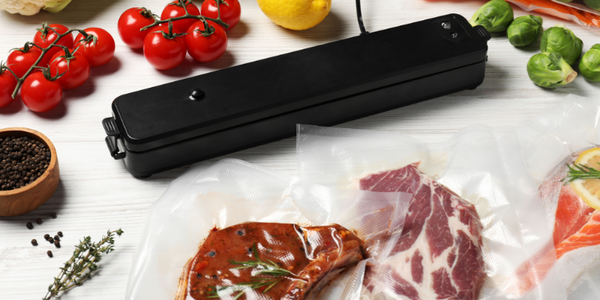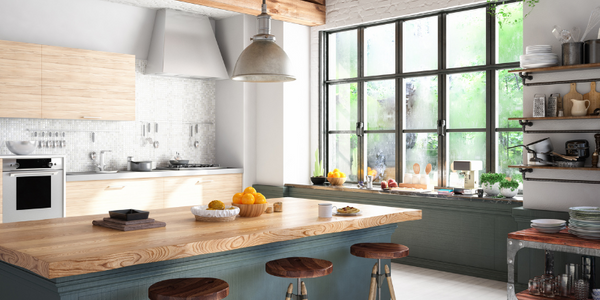Posted on May 07 2025

Meal prep: it’s the holy grail of saving time, eating healthier, and reducing stress during the week. But anyone who’s tried it knows the challenges—wilted veggies, freezer-burned meals, or forgotten containers in the back of the fridge. That’s where vacuum sealing changes the game.
Whether you’re prepping lunches for work, dinners for a busy family, or building a freezer stash, vacuum sealing keeps food fresh longer, reduces waste, and keeps everything organized. Here's how to use it to take your meal prep to the next level.
💡 Why Vacuum Sealing Is Perfect for Meal Prep
Before we dive into the how-to, let’s talk about the why. Vacuum sealing removes air from the storage bag or container, which dramatically slows spoilage, prevents freezer burn, and keeps flavors locked in.
Benefits:
- Keeps food fresh up to 5x longer than traditional containers.
- Saves fridge and freezer space by compressing contents.
- Reduces waste—no more tossing limp salads or dried-out leftovers.
- Makes grab-and-go meals truly grab-and-go.
🥗 Step 1: Plan Your Menu with Sealing in Mind
Start with meals that store well: soups, stews, marinated proteins, roasted veggies, rice, or pasta dishes. Cook in bulk, then portion it all out before sealing.
Tip: Think in terms of components. Vacuum seal a batch of grilled chicken, some quinoa, and a few different veggies. Mix and match throughout the week to avoid meal fatigue.
📦 Step 2: Portion Like a Pro
Vacuum sealing works best when you portion your meals before storing. This helps with:
- Controlling portion sizes
- Avoiding waste (you only open what you need)
- Speeding up grab-and-go meals
Use pre-cut vacuum seal bags or cut your own from rolls to fit the portion size exactly. Quart-size bags are ideal for individual servings; larger bags or rolls work for family meals or bulk ingredients.
🏷️ Step 3: Label Everything
Once sealed, food all starts to look the same—especially frozen meals. Always label your bags with:
- Meal name
- Date sealed
- Quantity
- Cooking/reheating instructions (optional but helpful)
Use a permanent marker or, better yet, freezer-safe labels that won’t smudge or fall off.
❄️ Step 4: Store Smartly
Where you store your meals matters:
- Refrigerate: Meals you'll eat within 3–5 days
- Freeze: Meals for next week (or the next month!)
Vacuum sealing helps you avoid dreaded freezer burn and lets you stack bags flat to maximize freezer space. If you’re doing big-batch prep, use a bin system to organize by meal type or day of the week.
♨️ Step 5: Reheat and Eat
Vacuum sealed meals are easy to reheat:
- Boil-in-bag: Drop sealed bags in simmering water—great for proteins and veggies.
- Microwave: Cut open the bag and transfer to a microwave-safe dish.
- Oven: Reheat casseroles or lasagna straight from vacuum-packed containers.
Vacuum sealing also works hand-in-hand with sous vide cooking. Seal raw, seasoned proteins, then sous vide straight from the fridge or freezer when ready.
🛍️ Bonus Tips for Meal Preppers
- Use FoodVacBags Liquid Block bags for anything with moisture—like soups or sauces—to prevent leaks.
- Pre-freeze liquids for 1–2 hours before sealing to avoid messes.
- Keep a “meal prep inventory” on your fridge so you don’t forget what you made.
Vacuum sealing takes the stress and guesswork out of meal prep. With a little planning and the right tools, you can cook once, eat all week, and never worry about spoiled food or wasted effort. Whether you’re a busy parent, a working professional, or just someone who likes having dinner ready fast, vacuum sealing helps you stay organized and stay fed.





0 comments